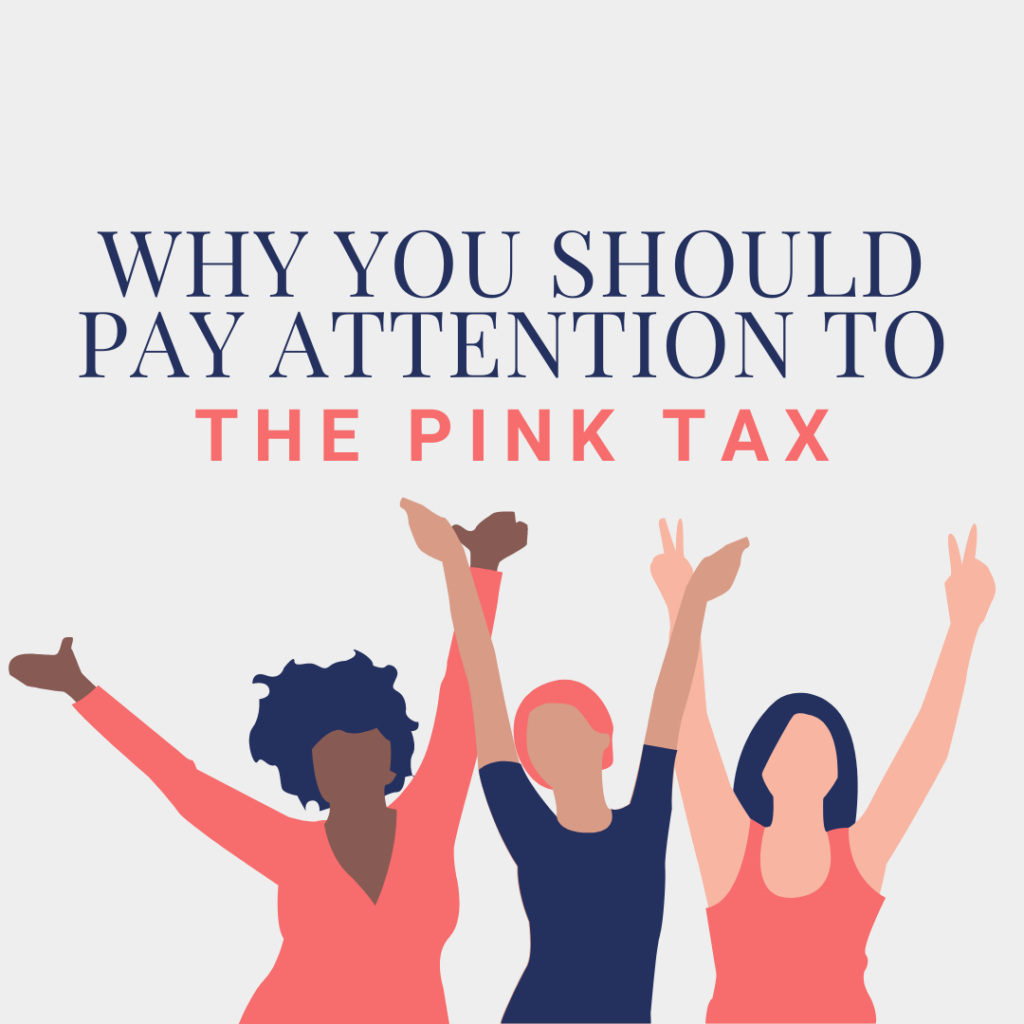What is Equal Pay Day?
Equal Pay Day is a symbolic date to draw awareness to gender-based wage discrimination. Equal Pay Day marks the day that the average woman in the United States working full time and year-round would need to work to in order to make the same as the average man. In other words, because Equal Pay Day lands on March 24th this year, it takes women nearly 15 months to make the same amount as men do in 12 months.
Here are the Equal Pay Days in 2021:
- March 9: Asian American and Pacific Islander Women’s Equal Day
Asian American and Pacific Islander women are paid 85 cents for every dollar paid to white men.
- March 24: All Women’s Equal Pay Day
Women working full time and year-round are paid 82 cents for every dollar paid to a man who works full time and year-round.
- June 4: Mother’s Equal Pay Day
Mothers are paid 70 cents for every dollar paid to fathers.
- August 3: Black Women’s Equal Pay Day
Black women are paid 63 cents for every dollar paid to white men.
- September 8 Native American Women’s Equal Pay Day
Native women are paid 60 cents for every dollar paid to white men.
- October 21: Latinas’ Equal Pay Day
Latinas are paid 55 cents for every dollar paid to white men.
Devaluing Female Labor
Women are severely overrepresented in low-paying jobs. Women make up just under half of the workforce. But, account for over 70% of low-wage workers. The need for Equal Pay Day comes from a long history of devaluing female labor.
Take the example from a 2016 PBS column. In 2016, the average hourly wage for a teaching assistant, which generally requires a bachelor’s or master’s degree, was $11.43. Now, that number is closer to $12/hour. While a service station attendant, generally with no higher education, could make $11.62 an hour. Now, it’s just over $12/hr. Nearly 90% of all teaching assistants are women and over 90% of all service station attendants are men.
And, even within the same occupation, women’s work is devalued. The Washington Post found that international relations articles written by women received fewer citations than those written by men. Study after study shows that there is a bias against women in the workplace.
All the obstacles in the way of female professionals have created occupational segregation.
Occupational Segregation
A major argument against the pay gap is that women tend to work in lower-paying jobs. And, while this is true, it is not an excuse to dismiss the call for equal pay. Rather, it is an outgrowth of devaluing female labor and occupation segregation.
Occupational segregation is the result of gender stereotypes, assumptions, and discrimination and is a critical component to understanding the pay gap. For centuries, women have been excluded from certain professions.
Women weren’t legally allowed to practice law until 1919. The first female doctors disguised themselves as men to be allowed into medical classes. And, today, through the persistence of social norms and bias, many occupations are segregated on the basis of gender.
The highest paying jobs in the United States (engineers, dentists, lawyers, CEOs) are all comprised of over 50% men, with some careers closer to a 90% male workforce. This reality cannot be separated from the reality of the pay gap.
Fighting for Equal Pay
Making changes to the current system starts with us. Here’s what we can do:
- Vote!
Do you know when your state primaries are? Or who’s on the ballot? Next voting season, take some time to look into your options, especially in local races.
- Learn how to negotiate your salary (and share tips with your friends)
When offered a job, 7% of women and 57% of men attempt to negotiate their salary. Check out resources for and by women to help you feel more confident in the office.
- Promote pay transparency in the workplace
When you don’t know what your coworkers are making, it’s difficult to determine if you’re being paid unfairly and even more difficult to do something about it. Try to start some conversations about money with your friends and family.
- Fight for an increased minimum wage
The majority of low-wage workers are women. Fighting to increase the minimum wage benefits the economy and works to close the pay gap.
- Fight to end the tipped minimum wage
The tipped minimum wage is an outdated system that traced back to the end of slavery. It’s time we get rid of it and commit to workers’ rights.
- Invest in occupational diversity
And, don’t let your retirement account work against you! Align your investments with your values.
Together, we can build a better world for all of us.




